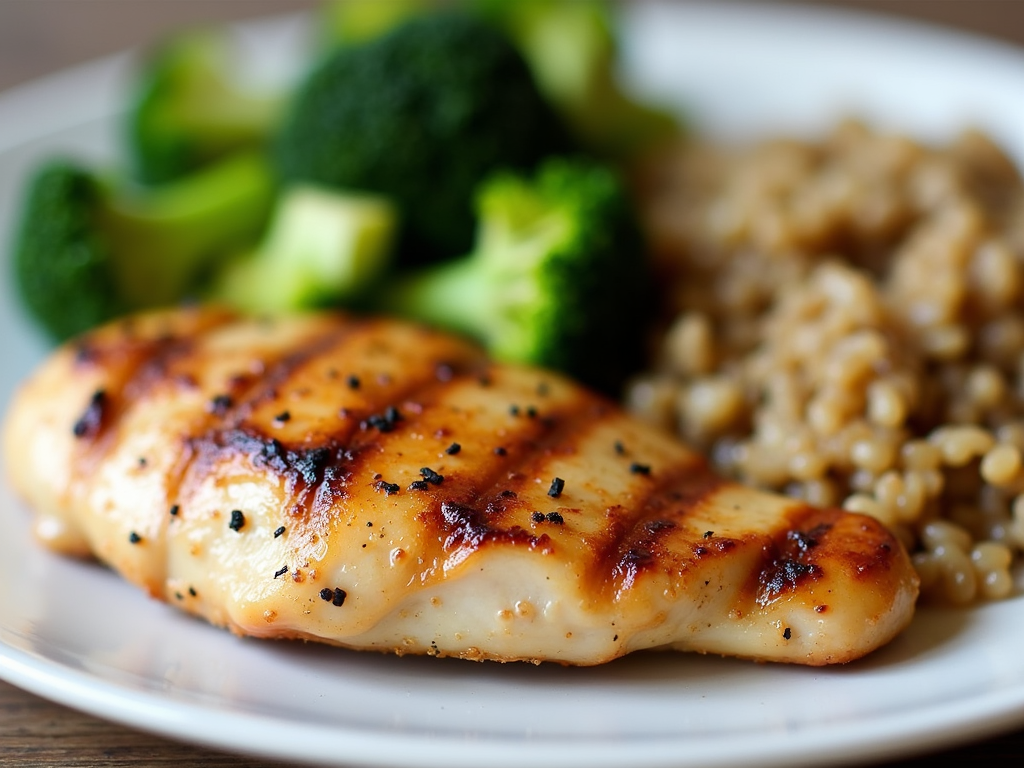FPIES, or Food Protein-Induced Enterocolitis Syndrome, is a challenging condition for children and their families. Proper nutrition is crucial, but it requires careful planning to avoid trigger foods. This article explores nutrition essentials, safe meal plans, and FPIES-friendly recipes to help parents navigate this journey.

Understanding FPIES
FPIES is a type of food allergy that affects the gastrointestinal system. Unlike other allergies, it doesn't cause immediate reactions like hives or swelling. Instead, symptoms appear 2-4 hours after eating the trigger food and can include vomiting, diarrhea, and lethargy. Common trigger foods include cow's milk, soy, rice, and oats, but any food can potentially cause a reaction.
Nutrition Essentials
Children with FPIES need a balanced diet to grow and thrive, but their dietary restrictions can make this challenging. It's essential to work with a healthcare provider or a dietitian to ensure they're getting all the necessary nutrients. Hypoallergenic foods, which are less likely to cause allergic reactions, are key. These might include certain fruits, vegetables, meats, and grains that are safe for the individual child.

Safe Meal Plans
Creating a meal plan for a child with FPIES involves identifying safe foods and avoiding triggers. Start by keeping a food diary to track what the child eats and any reactions. Gradually introduce new foods one at a time, under medical supervision, to determine if they're safe. Meal plans should be varied to prevent nutritional deficiencies and to make eating enjoyable.
FPIES-Friendly Recipes
Here are a few simple recipes that are generally safe for children with FPIES, but always check with a healthcare provider before introducing new foods: - Quinoa and Vegetable Stir-Fry: Quinoa is often a safe grain for children with FPIES. Cook it with safe vegetables like carrots, zucchini, and spinach. - Chicken and Sweet Potato Mash: Boil chicken breast and sweet potatoes separately, then mash them together for a nutritious meal. - Fruit Smoothie: Blend safe fruits like bananas, blueberries, and mangoes with water or a safe milk alternative. - Banana Oatmeal Cookies: If oats are safe for your child, mix mashed bananas with oats and a bit of cinnamon, then bake into cookies.

Managing Acute FPIES
If a child has an acute FPIES reaction, it's important to stay calm and follow the doctor's advice. This might include giving oral rehydration solutions to prevent dehydration and seeking emergency care if symptoms are severe. Always have an action plan in place.
Personal Insights
One parent shared, "When my son was diagnosed with FPIES, I felt overwhelmed. But with time, I learned to read labels carefully and found a community of parents who shared recipes and tips. It's a journey, but seeing my son thrive makes it all worthwhile." Another parent mentioned, "I found that involving my daughter in meal planning and preparation helped her feel more in control. We made it a game to find new safe foods, and she loved being part of the process."
Navigating nutrition for a child with FPIES can be daunting, but with the right knowledge and support, it's manageable. Remember to work closely with healthcare providers, keep a food diary, and introduce new foods cautiously.
Discuss Here